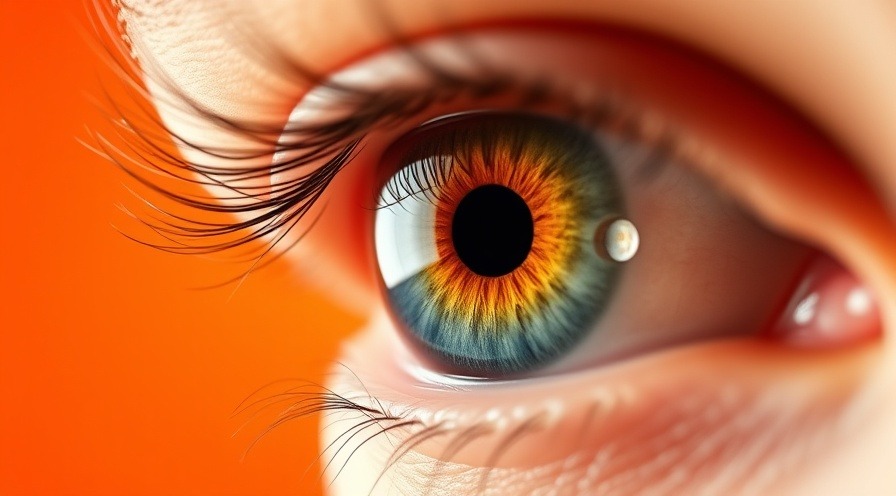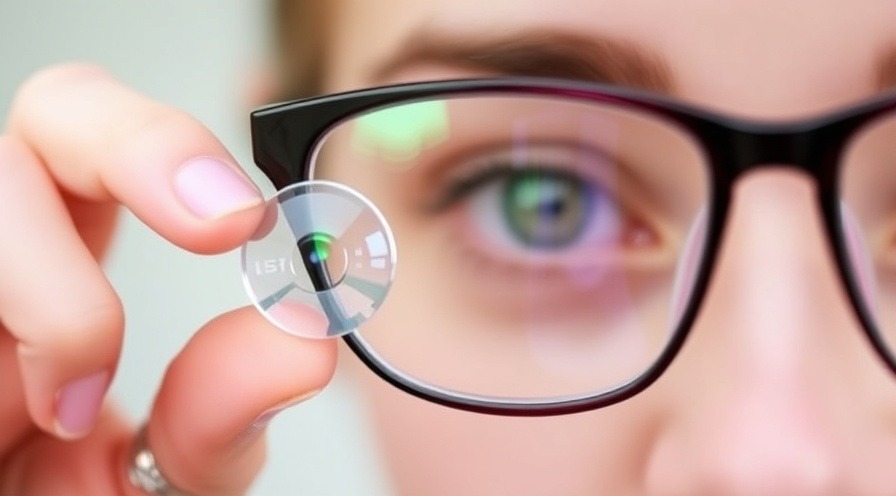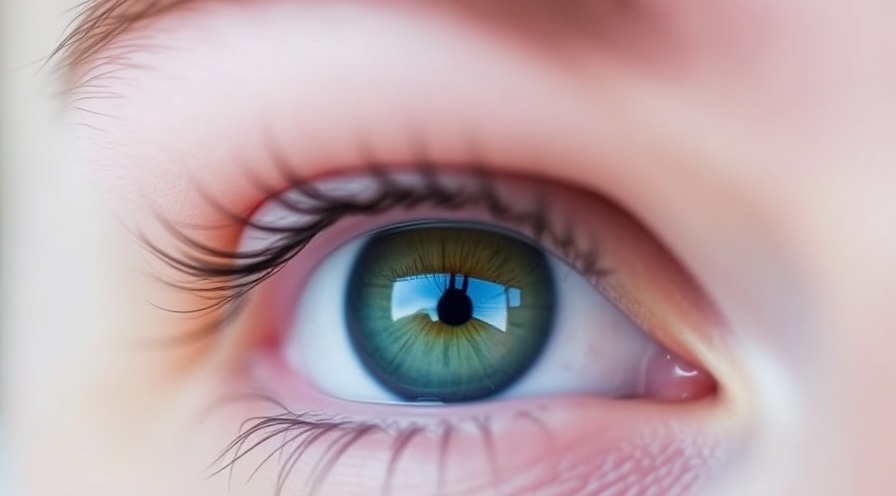
Understanding Keratoconus: A Common Yet Undetected Condition
Keratoconus affects approximately 1 in 2000 people, with studies suggesting its prevalence could be as high as 1 in 375 individuals. Despite these alarming statistics, many cases go unnoticed or are misdiagnosed during standard eye exams. This condition signifies a progressive thinning of the cornea, resulting in a cone-shaped bulge, which can lead to a range of visual impairments, including blurred vision and ghosting effects.
In 'What Is Keratoconus? Is Your Blurry Vision Actually Keratoconus?', the focus is on understanding a common yet often underdiagnosed eye condition, leading us to explore its symptoms, risk factors, and the importance of early detection.
The Impact of Genetics and Environment
While the precise cause of keratoconus remains elusive, it’s known that both genetic and environmental factors play a role. If you have a family history of this condition, your risk of developing keratoconus increases dramatically—by as much as 67 times. Additionally, habitual eye rubbing, often exacerbated by allergies, can contribute to the development of this eye disorder. Recognizing these risk factors is crucial in preventing keratoconus from developing or worsening.
Recognizing Symptoms: When to Seek Help
Often, the symptoms of keratoconus can mimic those of other vision issues like astigmatism, which can lead to delayed diagnosis. Common signs include increasing blurry vision especially at night, seeing halos or streaks around lights, and experiencing frequent changes in your glasses prescription. You may also feel like certain letters on an eye chart appear double or distorted—if you are experiencing these issues, it’s time for a more focused eye examination.
Diagnostic Tests for Early Detection
For proper diagnosis, eye doctors may utilize a variety of specialized tests that go beyond a routine eye exam. Corneal topography helps map the cornea for irregularities, while corneal tomography can give a 3D view of the corneal layers, essential for spotting early signs of keratoconus. Additionally, tools like corneal pachymetry measure the thickness of the cornea to assess any abnormalities. These tests can be critical for ensuring that keratoconus is detected before it leads to serious vision complications.
Taking Charge of Your Eye Health
If you suspect that you might be experiencing symptoms of keratoconus, it's essential to communicate your concerns clearly with your eye doctor. Be specific about your symptoms, including details about night vision and family medical history. This information can lead to timely and potentially life-changing interventions.
In summary, being aware of keratoconus and its symptoms can empower you to take control of your eye health. With early detection, there are effective options for management and treatment available.
For those interested in learning more about vision health, check out our other titles HERE.
 Add Row
Add Row  Add
Add 




Write A Comment